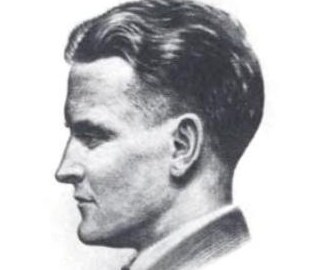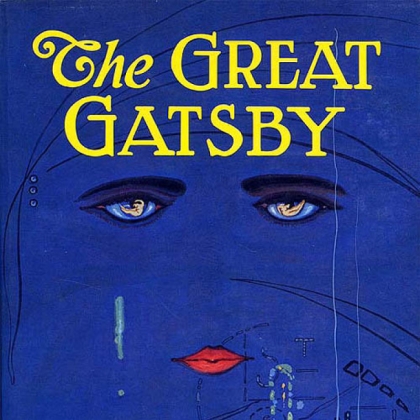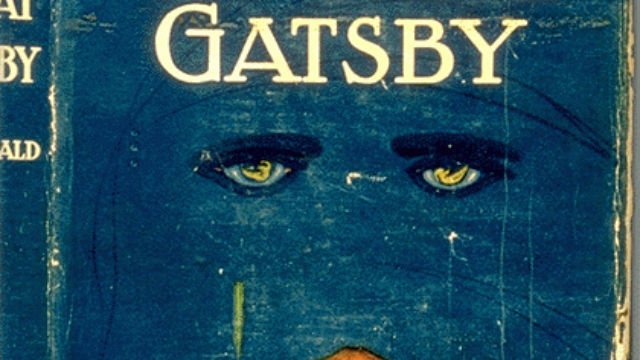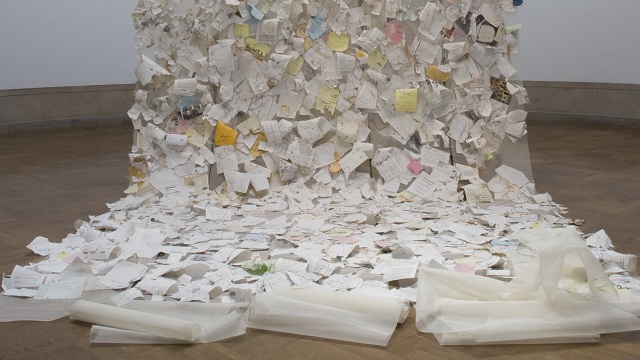F. Scott Fitzgerald and the Art of Drunkenness

Earlier this summer, a selection of F. Scott Fitzgerald’s most alcohol-soaked writings was published under the title On Booze. A distillation (so to speak) of his essay collection The Crack-Up, it doesn’t feature any of his short stories or novels, though these could easily have been included also. As a kind of toast in honor of the volume, I’d like to take a look back at one of Fitzgerald’s booziest books—booziest in subject matter, at least. (The master is said to have composed sober.)
Tender Is the Night is an uneven book written over the most uneven—to put it mildly—years of its author’s life. A thinly veiled fictionalization of Fitzgerald’s relationship with his wife Zelda, it follows the rise and fall of psychologist Dick Diver, who marries one of his patients with predictably tempestuous results. It’s also Fitzgerald’s last finished novel, The Last Tycoon having been left incomplete at the time of his death.
Each page of the book is crammed with lyricism, showcasing the best and worst of the high Fitzgerald style. The characters are gorgeous; the settings are opulent; there is romance, idealism, doom, and nocturnal tenderness to spare. Fitzgerald was clearly gunning for a magnum opus, but like that “poor bastard” Jay Gatsby, “did not know that it was already behind him.”
Still, there are some outstanding moments. A pistol duel on a French golf course provides a very funny set piece, and Diver’s meltdown in Italy is one of the most harrowing, realistic depictions of a drunken night I’ve ever read. There’s more genuine lyricism in the surreal gaps and non sequiturs of this scene than in any of the novel’s turgid romantic passages. Here’s an example:
Clay walked off into space. Dick finished his bottle and then danced with the English girl again, conquering his unwilling body with bold revolutions and stern determined marches down the floor. The most remarkable thing suddenly happened. He was dancing with the girl, the music stopped—and she had disappeared.
“Have you seen her?”
“Seen who?”
“The girl I was dancing with. Su’nly disappeared. Must be in the building.”
“No! No! That’s the ladies’ room.”
For me, this scene—together with Gatsby and a few of the short stories, including “May Day” and “Babylon Revisited”—cements Fitzgerald’s status as the prose poet laureate of drunkenness. More even than for his rival Hemingway, the bottle was his most inexhaustible, albeit toxic, creative well. Think of Nick Carraway’s transformative experience at Gatsby’s lawn party: “I had taken two finger-bowls of champagne, and the scene had changed before my eyes into something significant, elemental, and profound.” Or the moment from “May Day” in which Dean, already reeling, harasses a waiter:
“Bring us—bring us—” he scanned the bill of fare anxiously. “Bring us a quart of champagne and a—a—probably ham sandwich.’
Or the intrusion of one of the protagonist’s old drinking buddies in “Babylon Revisited”—
“Ah-h-h!” Duncan wagged his finger roguishly at Charlie. “Ah-h-h!”
—in which the tipsy, asinine gesture is also Charlie’s whole alcoholic past coming back to accuse him.
As Kafka was to dream logic, Fitzgerald was to drunk logic. The sensory distortions, the behavior that is at once totally in and out of character, the astonishing coincidences that, on sober inspection, seem inevitable—all come alive with terrible clarity in his prose. Unfortunately, the cost of becoming so intimately familiar with the sloshed mind at work was death at age 44 and a mixed bag of a final novel.
[Image of Fitzgerald courtesy Wikimedia Commons.]





